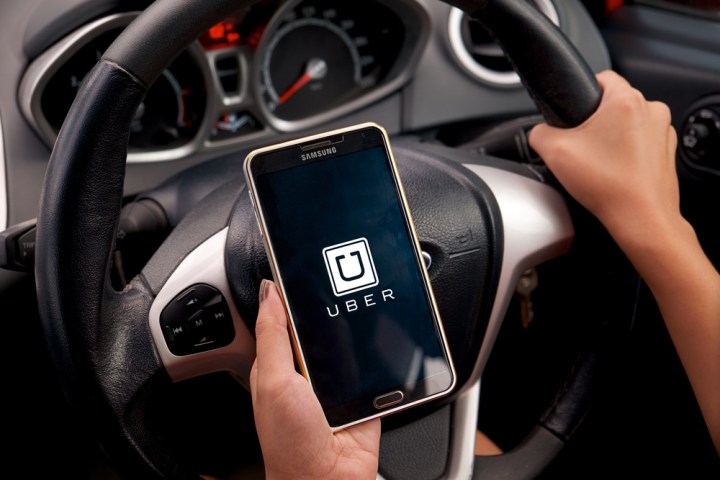
Neither Uber, nor its closest competitor, Lyft, currently hire their drivers as employees, but rather as independent contractors. The drivers want to be considered employees to be eligible for gas and maintenance reimbursement based on mileage, which they otherwise pay themselves.
If you add the 20 percent tips the drivers would have made, based on Uber’s data on revenues in the two states, and the government-allowed mileage rate, the drivers would have been paid an additional $852 million in all. Uber uses a different rate for mileage reimbursements, and based on that difference, states that the total with tips would have been $429 million.
Last month, Uber offered a $100 million settlement to its drivers in California. The settlement offer has not yet been accepted by the court. In that settlement, drivers would remain contractors. The driver mileage and Uber commission amounts (on which the tip amounts are based) had been redacted in the original settlement. In the process of considering the settlement, a judge in federal court in San Francisco ordered the figures disclosed in order to assess the fairness of the offer. The new numbers show quite a gap between the settlement offer and potential reimbursements, whether calculated with Uber’s mileage rate or the government rate.
Uber’s settlement offer must be approved by the courts. The final question of whether the company’s drivers are employees or contractors will be decided by U.S. regulators.



